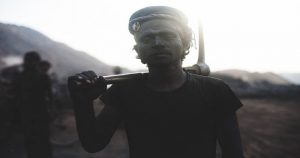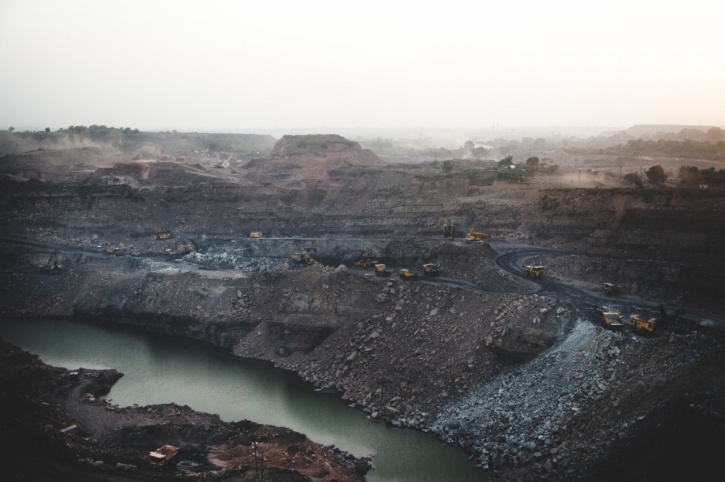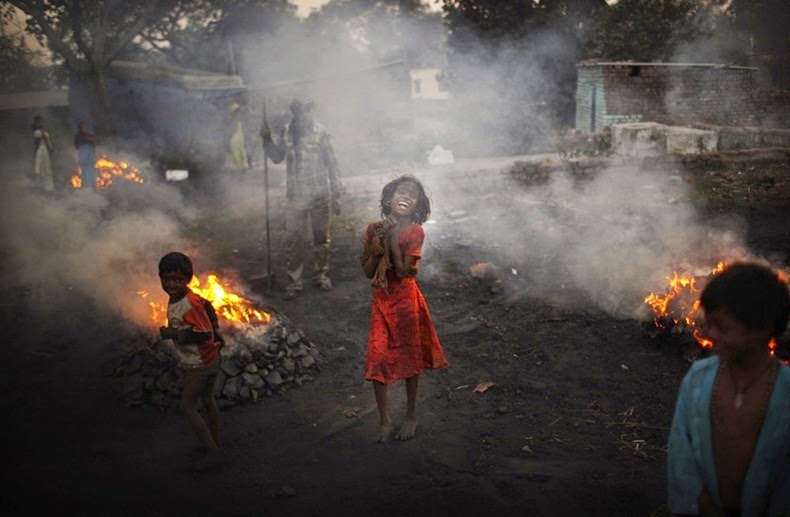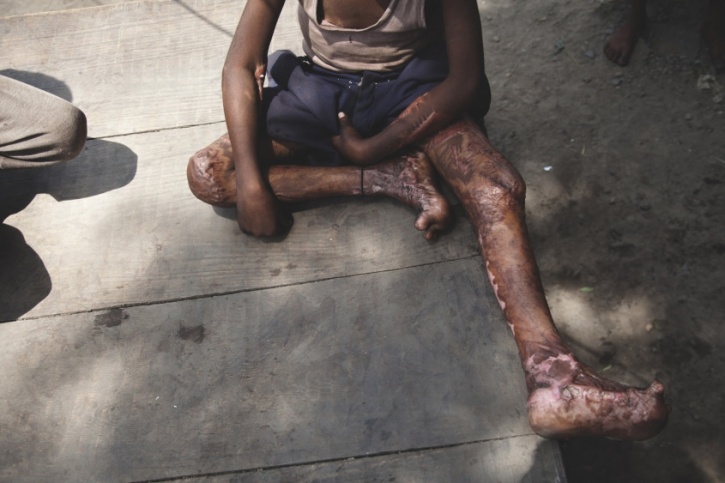
These Photos Of Mining Town Jharia That’s Been On Fire For 100 Years Will Stun You
Mining in Jharkhand is little known to most. Jharia town in Dhanbad District is famous for its rich coal resources and the place has played a key role in the development of Dhanbad since many years. According to the state government, Jharia town is to be shifted due to intense coal mine fires which have found to be unusual. It is also leading to the loss of property and lives.

The plan of the state government is to shift the town that helps them in exploiting coal which is still un-mined. The un-mined coal is worth Rs 60,000 crores ($12 billion). Exactly 100 years ago, the fire started burning under Jharia and till now it’s burning. This eventually masked the town with a cloud of toxic fumes putting many lives in danger.
Photographer Seb Heseltine visited the town in 2015, to complete a photo project for the London College of Communication. Vice correspondent Tom Usher got in touch with him to speak about the realities of life and work in Jharia. Many have already died and been displaced but some still stick around. After all, they have mouths to feed.

Here is an interview between them about Jharia and its mines:
Tom’s Question: What brought your attention to Jharia?
Seb Heseltine’s Answer: I am fascinated by learning about cultures and when it came to preparing for my final project, I had this kind of idea to document somewhere which is completely foreign to me. When I began to look into the subject, I targeted my efforts into an industrial part of India, to label India as a developing country or a developed country. Hence, I learnt about how vital coal in India and situations is happening in Jharia.
What is your motivation, to raise awareness or purely to document?

The area had been documented quite a lot up to 2010, 2012 when the local government began moving locals whose homes were at risk from the underground fires into some of the rehabilitation homes, but I couldn’t find many details on whether there were any developments. And as 2016 marks the 100 recorded years of fires I couldn’t help shake the feeling of wanting to investigate for myself.
What challenges did you face while documenting?
One of the key challenges I faced was actually trying to photograph some of the mining areas and where some of the fires burnt. I wouldn’t be granted a journalist visa because it’s not a situation that the local government wants to be documented, and the situation isn’t covered in the local press.
Which moments stick with you most from your time out there?

I heard many stories of people falling into the flames. It was also difficult seeing the family of one of the children I photographed; he had severe burns on his body, and the wounds would get infected from the insects and lack of medical resources they needed. The locals of Bokahapadi are scared of the toxic gasses and fires next to their village, but they have no option but to stay there because scavenging for coal brings in the livelihood they need to send their children to school and to eat.
How would you like to see the problem addressed?
I would really hope to see the local government paying more attention to families in need with financial aid, reimbursing them what they’ve lost, and medical aid paid by the mining company BCCL for those who’ve suffered from injuries from the unstable land. BCCL is one of the key mining companies in the area. I spoke to one of the main protesters from Jharia, Ashok, who stopped teaching physics at a local university to protest full time against BCCL. He believes the BCCL safety standards are not good enough and that other company, such as TATA, have very few issues with spreading fires.